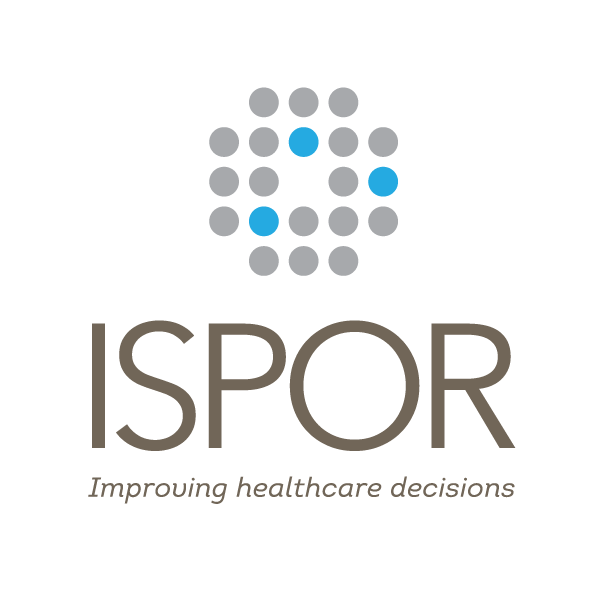Newswise — Princeton, NJ—October 10, 2016—The International Society for Pharmacoeconomics and Outcomes Research (ISPOR) announced today the publication of a report detailing a new modeling approach that explores the health technology assessment (HTA) impact of future medical-technology price reductions that are caused by increased adoption and use of these technologies by health care providers. The description of this novel approach, When Future Change Matters: Modeling Future Price and Diffusion in Health Technology Assessments of Medical Devices, was published in the September/October 2016 issue (Volume 19, Issue 6) of Value in Health.
The authors demonstrate the use of a two-stage modeling approach to derive estimates of any anticipated decreases in a technology’s price as a consequence of increases in its uptake over future periods. The authors provide an illustrative example of a developmental technology for preterm birth screening.
According to lead author Sabine E. Grimm, School of Health and Related Research at the University of Sheffield, health technology assessments should dynamically incorporate future price reductions that are precipitated by increased use as payers reimburse for these technologies and as providers increase the use of these devices. Such modeling has the potential to alter HTA outcomes, and techniques that address these issues should be used for technologies for which price may decrease with increased use in the future and where reimbursement bodies (i.e., payers and government agencies) may otherwise reject a technology or device.
HTAs that take account of future price changes have been examined in the literature, but the important issue of price reductions that are generated by the reimbursement decision has been ignored. Indeed, “changes that are dependent on the reimbursement decision, such as price reductions prompted by increased uptake, must be incorporated into the decision, or else these price changes may not be realized if the technology is rejected by the reimbursement body,” said Grimm. “Consequently, patients will not get access to a technology that, given sufficient uptake, could be cost effective and provide a positive incremental net benefit.”
The proposed model is especially useful in technologies that may be rejected based on the common cost-effectiveness threshold but that may exhibit a decline in price with increasing uptake, because cost effectiveness could potentially fall below the threshold. In such a setting, this new framework improves analytic accuracy by explicitly modeling future price changes and therefore enables decision makers to transparently use the resulting outcomes in decision making. Furthermore, decision makers may want to consider the value of implementation measures to boost uptake and increase the value of the technology to the health system.
###
ABOUT ISPORThe International Society for Pharmacoeconomics and Outcomes Research (ISPOR) is a nonprofit, international, educational and scientific organization that promotes health economics and outcomes research excellence to improve decision making for health globally. Web: www.ISPOR.org | LinkedIn: www.bit.ly/ISPOR-IN | Twitter: www.bit.ly/ISPOR-T (@ISPORorg) | YouTube: www.bit.ly/ISPOR-YT |Facebook: www.bit.ly/ISPOR-FB
ABOUT VALUE IN HEALTHValue in Health (ISSN 1098-3015) is an international, indexed journal that publishes original research and health policy articles that advance the field of pharmacoeconomics and outcomes research to help health care leaders make evidence-based decisions. The journal’s 2015 impact factor score is 3.824. Value in Health is ranked 3rd out of 74 journals in health policy and services (social sciences), 8th out of 87 journals in health care sciences and services, and 10th out of 344 journals in economics (social sciences). Value in Health is published bi-monthly and circulates to more than 10,000 readers around the world.Web: www.ispor.org/valueinhealth | Twitter: http://bit.ly/ISPORjournals-T (@ISPORjournals)
